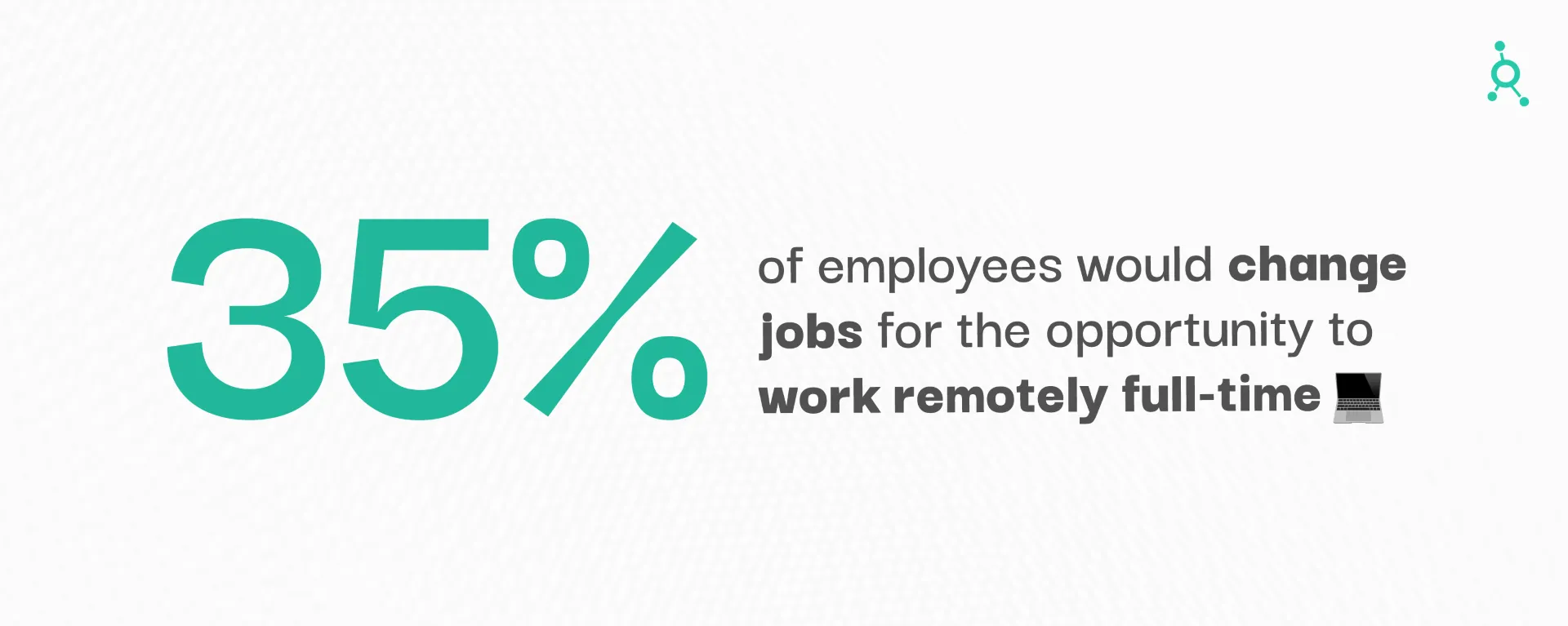How to Communicate Effectively with Remote Architects
SHARE POST
Are you one of those innovative architecture or design firms that trusted successful remote teams? It is not always easy, but the challenge is 100% rewarding. Today we’re going to tackle a trend that’s changing the architectural landscape as we know it: outsourcing remote architects. Actually, answering this question: What is a Remote Architect?
Outsourcing remote services has emerged as a game-changing strategy, offering diverse firms numerous advantages, including reduced costs, enhanced productivity, and access to a huge global talent pool. Based on this dynamic, here at Better Pros we try all our efforts to select the 3% top professionals and connect them to the best firms in the US. You may ask yourself, can foreign architects work in the US? The answer is definitely YES.
Remote work has become increasingly popular in recent years, and it is especially common in the architecture industry. While there are many benefits to remote work, such as flexibility and increased productivity, it can also be challenging to communicate effectively with team members who are not in the same physical space.
This article will provide some effective communication tips, tricks, methods, and best practices for remote teams, especially remote architects. We will also discuss some tips and best practices for building trust among remote teams, and how BetterPros can help firms accomplish this.
Setting up a remote architecture office
Setting up a remote architecture office
When you think of an architect you get to imagine them working in the construction or the physical building. Right? The architectural industry had to adapt to the changes that the COVID-19 pandemic brought, but actually, some architecture firms have been working remotely for the last twenty years.
Under the latest urgency for new technological innovations that could supply multiple needs, applications and software were rapidly launched enabling architects to work from remote locations. The collaborative remote efforts in architecture, engineering, and construction can lead to project success if we ensure effective communication in every phase of the plan.
Here is a breakdown table of all the tasks that can be performed remotely:
| Tasks | Can the task be done remotely? | Tools to use |
|---|---|---|
| Conceptual design | Yes | CAD software, 3D modeling software, rendering software, digital whiteboards |
| Site Analysis and Planning | Yes | Geographic Information Systems (GIS) software, surveying software, remote sensing software |
| Building Codes and Regulations | Yes | Building code databases, legal research software, regulatory software |
| Technical Drawings and Documentation | Yes | CAD software, drafting software, project |
| Project Management | Yes | Project management software, communication tools, collaboration tools |
| Collaboration and Coordination | Yes | Project management software, communication tools, collaboration tools |
| Client Communication | Yes | Video conferencing software, document sharing software, project management software |
| Material Selection and Specifications | Yes | Online material databases, online, product catalogs |
| Design Reviews and Iterations | Yes | Construction management/administration software, remote monitoring tools, drones |
| Construction Administration | Yes (several tasks) | Construction management/administration software, remote monitoring tools, drones |
Lots of studies have shown that remote workers are more productive than their office-bound counterparts. This is likely due to a number of factors, including increased flexibility, reduced distractions, and a better work-life balance.
In addition to being more productive, remote workers are also more satisfied with their jobs. This is because they have more autonomy and control over their work environment.
As a result of these benefits, remote work is becoming increasingly popular. In fact, a recent investigation found that 35% of employees would change jobs for the opportunity to work remotely full-time.

If you want to attract and retain the best talent, you need to offer remote work options.
So, once you have the remote team, you have to ensure the proper resources and effective system. Here are some tips for effective communication:
Tips for Building Trust on Remote Teams:

How BetterPros helps firms build trust among remote teams
Better Pros can help you with every part of the production ecosystem. You can source drafting services, part/full-time staff architects, all the way up to project managers, and team leaders. Whatever you need, we can help make it happen.

BetterPros is a company that helps firms build trust among remote teams, providing the following features:
If information is power, then communication is a key asset to succeed in the remotely globally connected world. Now that you have the tips, what is your next step?
Get started today!
